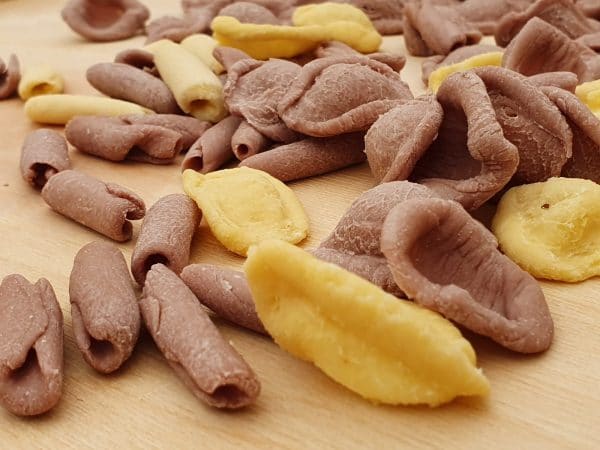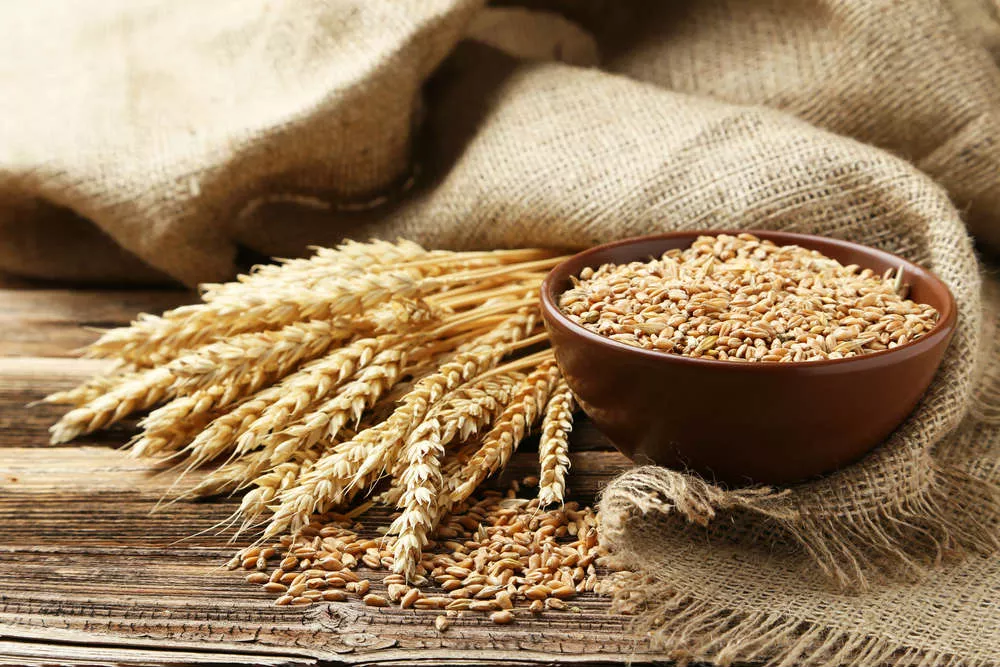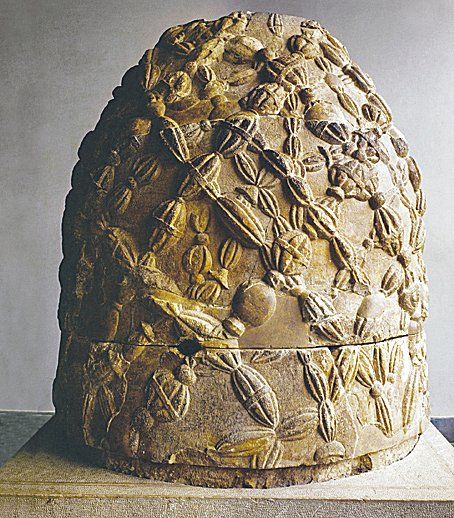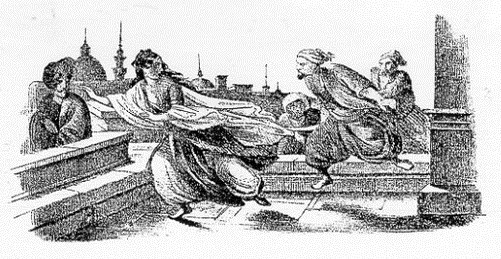La nascita delle Orecchiette

La nascita delle orecchiette è avvolta nel mistero. Il poeta latino Varrone parla delle lixulae, un tipo di pasta a forma rotonda con il centro concavo ottenuta con farina, acqua. MEDIOEVO Nel Medioevo, nella zona provenzale, si produceva una pasta simile alle orecchiette, le crosets. Con il grano duro si lavorava una pasta piuttosto spessa, che veniva […]
Il grano Senatore Cappelli

Quando, nel 1906, il marchese Raffaele Cappelli, proprietario di numerosi poderi in Capitanata, decise di adibire alla coltivazione sperimentale uno di essi, il ministro dell’agricoltura gli fece il nome di Nazareno Strampelli. Raffaele Cappelli Quest’ultimo era agronomo e genetista, da anni impegnato nell’ibridazione delle specie di frumento sulla scia delle teorie di Mendel. Strampelli accettò […]
KING ARTHUR IN APULIA?
#KingArthur #SaintNicolas #Bari #Otranto #Apulianlegends King Arthur really came in Apulia? Some elements would suggest that the legendary son of King Uther Pendragon, passed through Puglia … In the archivolt, called the Lion’s Gate, of the 12th century Basilica of Saint Nicolas in Bari you can see the sovereign with his knights of the Round […]
The Apulian Omphalos, the Templars and the black Virgin

The Omphalos, in Greek means navel and indicates a sacred center, a place where the divine meets the ground. There are many omphalos in the world. In Italy, the tradition is linked to many symbols worked by man, like circular boulders. Often they are represented by obelisks, menhirs, wells or by the strange symbol of […]
Santa Cesarea Terme, the refuge of Hercules

#ENG #santacesareaterme #salento #Puglia #myths A village a few kilometers from Otranto, the fame of Santa cesarea Terme is linked to the sulphurous waters considered miraculous, gushing out from four natural caves: the Sulfurea, the Fetida, the Solfatara and the Gattula, recommended for treating diseases related to the respiratory tract. The origin of these waters […]
15 curiosities on New Orléans
New Orleans, a city rich in history, music, culture and entertainment, home of personalities from the past, among whom the most well-known is Abraham Lincoln, the 16th President of the United States. Ready to leave? Go! The name of the city derives from a king: Filippo II d’Orléans, who was a French general. The French […]